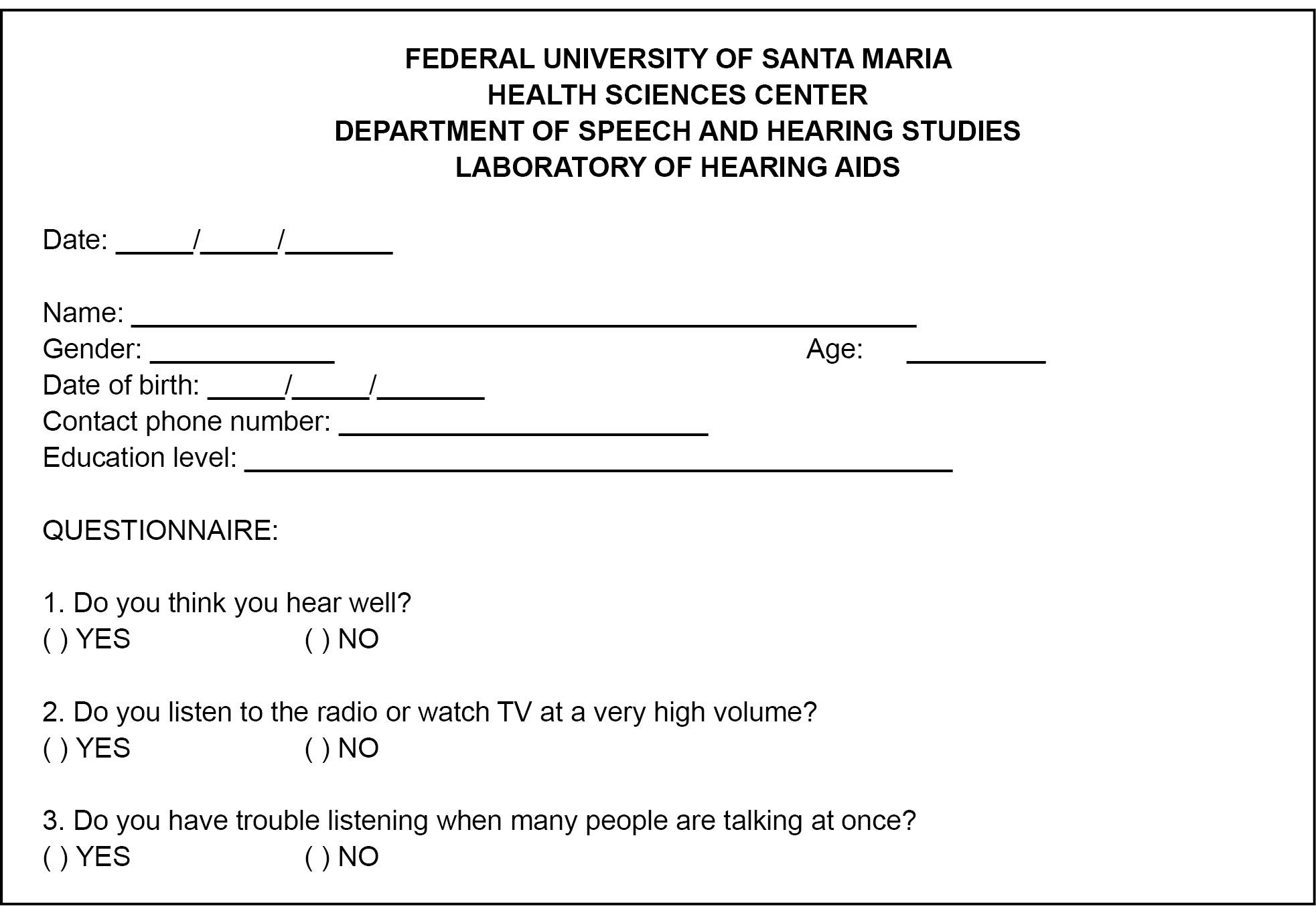PURPOSE:
to investigate the presence of complaint and hearing loss in a group of active older people and verify the relation between self-perceived hearing condition and audiologic findings.
METHODS:
55 older people, aged 60 or more, of both sexes, socially active, were evaluated. The analyzed variables were the answers to three questions: “Do you think that your hearing is good?”, “Do you listen to radio or television on high volume?” and “Do you have difficulty to comprehend when many people are talking at the same time?”, which were compared to the tritonal average of 500, 1,000 and 2,000 Hz frequencies (TA1) and of 3,000, 4,000 and 6,000 Hz frequencies (TA2), Speech Recognition Threshold (SRT) and Speech Recognition Percentage Index (SRPI).
RESULTS:
the individuals, who reported not listen well, had worst performance in the averages of all analyzed variables. The older people, who mentioned increasing the volume of the radio or television showed no statistically significant difference in the analysis of TA2 compared to those who do not, but there was this difference when analyzed TA1, SRT and SDT variables. The subjects who reported difficulty hearing, when many people talk at the same time, showed no statistically significant difference, but the averages of these individuals showed worst performance, when compared to those without this complaint.
CONCLUSION:
there was a relation between self-perceived hearing condition and the audiologic findings.
Aged; Hearing; Hearing Perception; Hearing Loss; Presbycusis; Questionnaires





